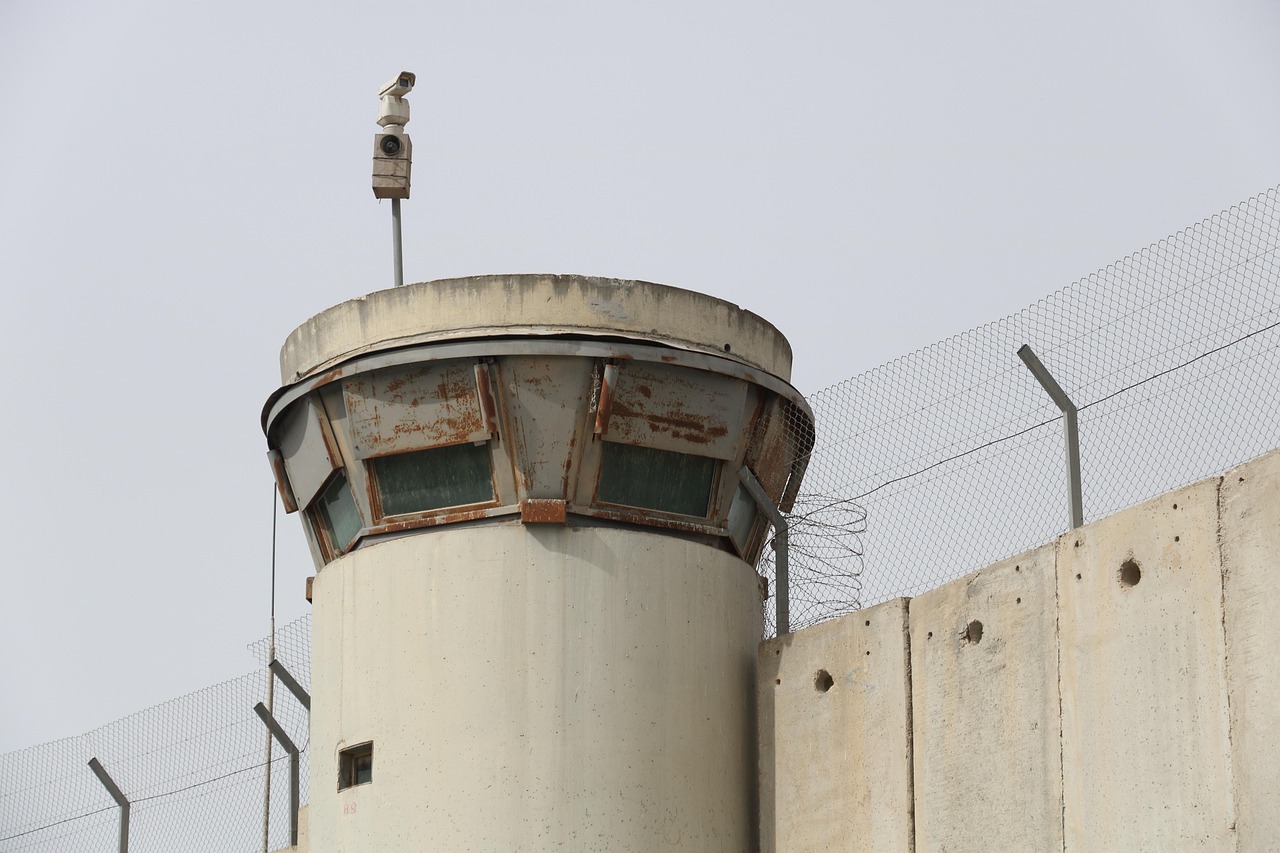
The Israeli-Palestinian conflict is often framed as a complex and intractable issue, with both sides presenting competing narratives and claims. However, a closer examination of the historical record reveals a stark reality: the Palestinian people have been subjected to a century of dispossession, displacement, and occupation.
The roots of the conflict date back to the early 20th century, when Zionist leaders began to promote the idea of a Jewish homeland in Palestine, then under Ottoman rule. Following World War I, the British Empire, which had taken control of the region, issued the Balfour Declaration, expressing support for the establishment of a Jewish state in Palestine. This move was made without consulting the indigenous Palestinian population, who had lived in the region for centuries.
The subsequent decades saw a massive influx of Jewish immigrants, many of whom were fleeing persecution in Europe. However, this immigration was often accompanied by violence and dispossession of the Palestinian population. The 1948 Arab-Israeli War, which followed the establishment of the State of Israel, resulted in the displacement of hundreds of thousands of Palestinians, known as the Nakba or “catastrophe” in Arabic. This event marked the beginning of a long and painful process of displacement, exile, and occupation for the Palestinian people.
Today, the Israeli-Palestinian conflict is characterized by a stark power imbalance. Israel, backed by the United States and other Western powers, maintains a military occupation over the West Bank and Gaza Strip, controlling the movement of people and goods, and restricting access to basic necessities like water and electricity. The Palestinian people, meanwhile, are fragmented and stateless, with limited access to resources, infrastructure, and international support.
Despite the overwhelming odds, the Palestinian people continue to resist their occupation, using a range of tactics from nonviolent protests to armed resistance. Their struggle is not just about ending the occupation, but about reclaiming their rights, their land, and their very identity.
As we consider the Israeli-Palestinian conflict, it is essential to recognize the fundamental asymmetry at its core. This is not a conflict between two equal parties, but rather a struggle between a powerful occupier and a stateless, displaced people. The international community has a moral and legal obligation to support the Palestinian people’s right to self-determination, and to hold Israel accountable for its actions.
Key Facts:
- The Palestinian people have been displaced, occupied, or exiled for over a century
- The 1948 Arab-Israeli War resulted in the displacement of hundreds of thousands of Palestinians
- Israel maintains a military occupation over the West Bank and Gaza Strip
- The Palestinian people are fragmented and stateless, with limited access to resources and international support
- The international community has a moral and legal obligation to support Palestinian self-determination and hold Israel accountable for its actions
The dispossession of the Palestinian people has led to their statelessness and limited access to resources and international support. Despite these challenges, they persist in resisting the occupation through various means. It’s crucial to acknowledge the inherent power imbalance in the Israeli-Palestinian conflict and uphold the Palestinian right to self-determination while demanding accountability from Israel.